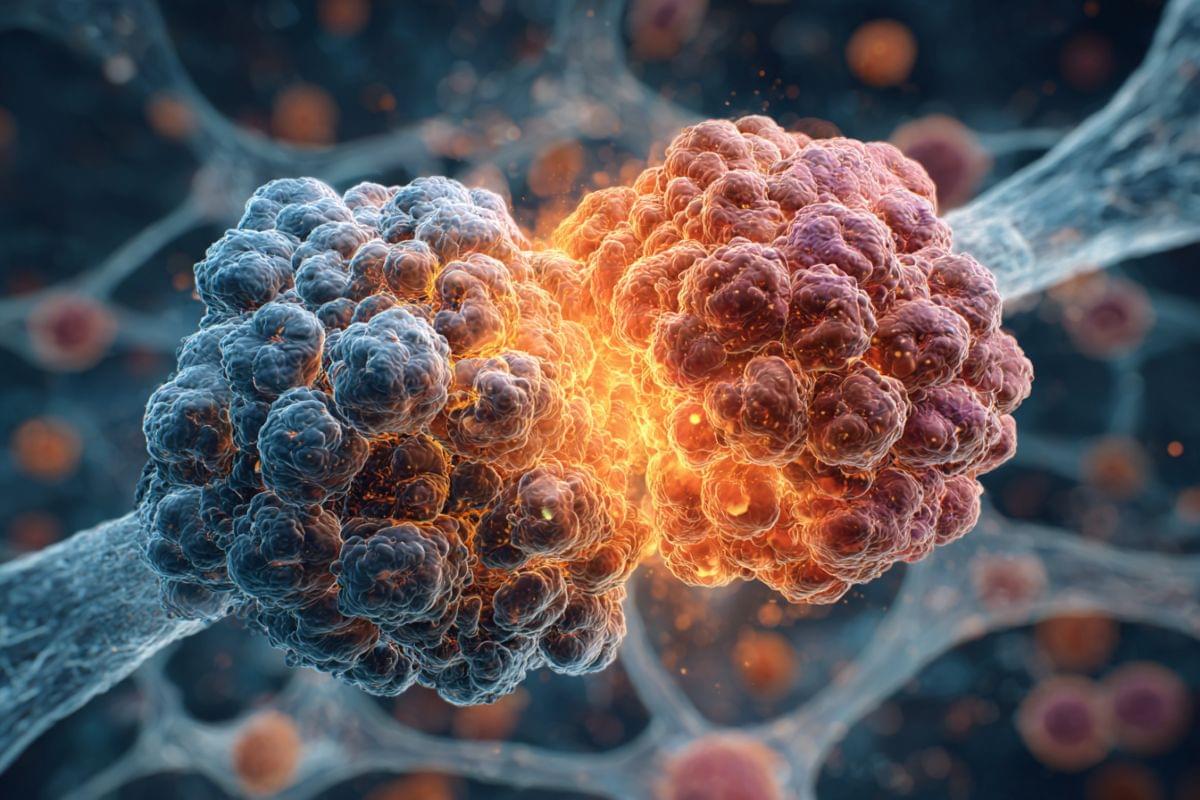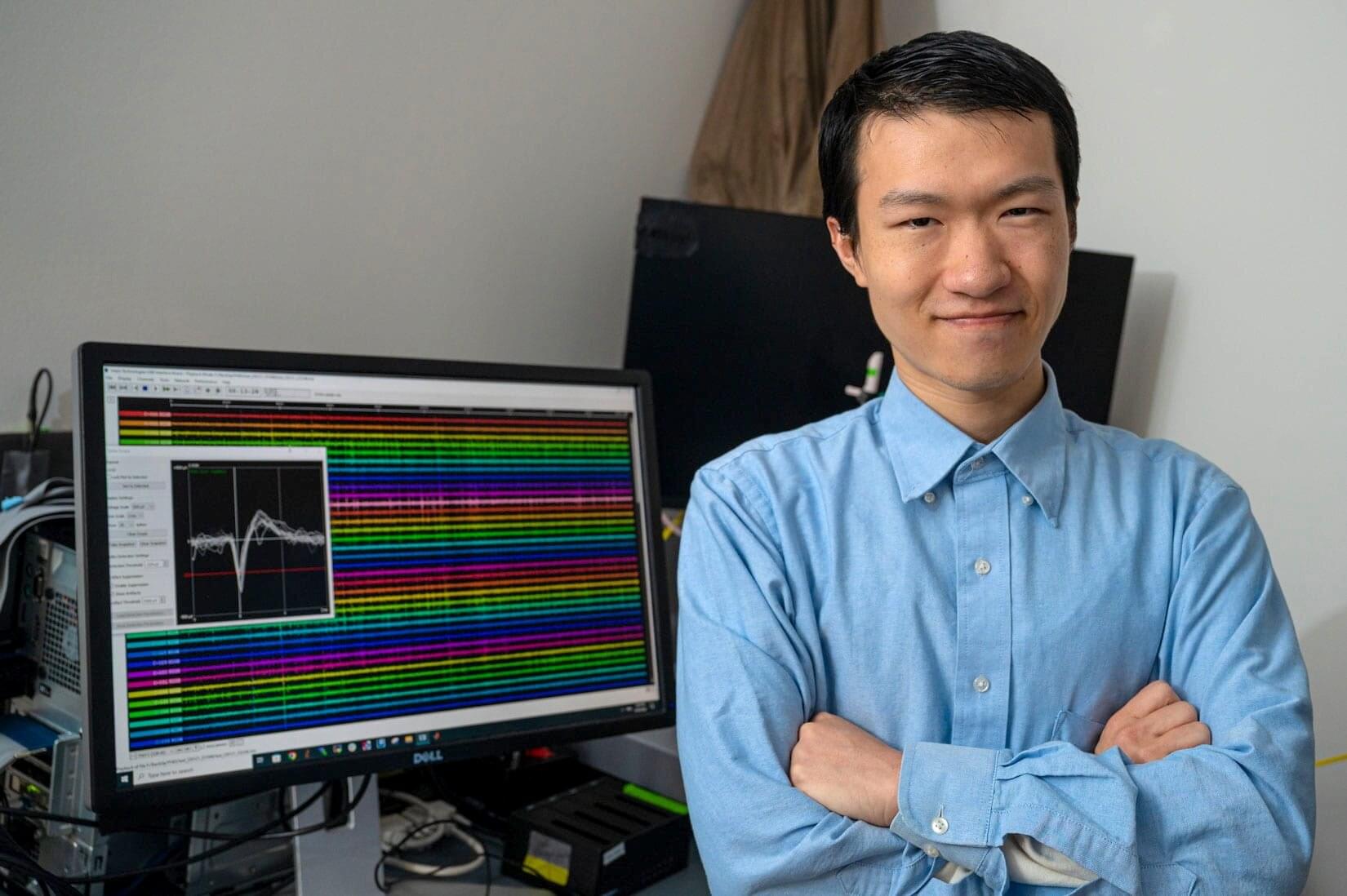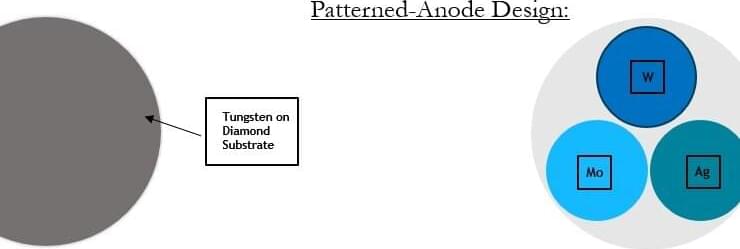A groundbreaking study has revealed that glioblastoma cells behave differently depending on whether they cluster or disperse.



Scientists have developed and tested a deep-learning model that could support clinicians by providing accurate results and clear, explainable insights—including a model-estimated probability score for autism.
The model, outlined in a study published in eClinicalMedicine, was used to analyze resting-state fMRI data—a non-invasive method that indirectly reflects brain activity via blood-oxygenation changes.
In doing so, the model achieved up to 98% cross-validated accuracy for Autism Spectrum Disorder (ASD) and neurotypical classification and produced clear, explainable maps of the brain regions most influential to its decisions.
Researchers led by Rice University’s Yong Lin Kong have developed a soft but strong metamaterial that can be controlled remotely to rapidly transform its size and shape.
The invention, published in Science Advances, represents a significant advancement that can potentially transform ingestible and implantable medical devices.
Metamaterials are synthetic constructs that exhibit unusual properties not typically found in natural materials. Instead of relying solely on chemical composition, the effective behavior of these materials is primarily determined by the physical structure, i.e., the specific shape, arrangement and scale of their building blocks.

The brain is famously plastic: Neurons’ ability to change their behavior in response to new stimuli is what makes learning possible. And even neurons’ response to the same stimuli changes over time—a phenomenon known as representational drift. Yet our day-to-day perception of the world is relatively stable. How so?
Resolving such puzzles matters for future brain-computer interfaces, sensory prostheses and therapies for neurological disease. On a quest for an answer, Rice University scientists have built ultraflexible probes thousands of times thinner than a human hair and used them to track neurons in the visual cortex of mice for 15 consecutive days as the animals viewed thousands of images—from line patterns to pictures of the natural world.
The devices, called nanoelectronic threads (NETs), embed seamlessly with brain tissue, allowing for high-fidelity chronic recordings of brain activity.

A research team from the University of Chemistry and Technology, Prague (UCT Prague) and the Institute of Organic Chemistry and Biochemistry of the Czech Academy of Sciences (IOCB Prague) has created and described a new type of photoswitch. The molecule, a thienyl-based acylhydrazone, undergoes an unprecedented “closed-to-open-shell” transformation, where light converts it into a stable diradical.
While previously published lifetimes of such triplet states are a few milliseconds, this new molecule’s switched state has a half-life of over six hours. This revolutionary innovation opens the way for optimizing catalytic processes, developing new data storage and spintronic devices, and targeted elimination of antibiotic-resistant pathogens. The work is published in the Journal of Materials Chemistry C.
Photoswitches are molecules that change between two states under the influence of light. This new switch is unique because it transitions from a stable, non-magnetic (closed-shell) state to an exceptionally long-lived magnetic (open-shell triplet) state. In this triplet state, two electrons have parallel spins, making the molecule paramagnetic and highly reactive. This state is crucial for many photochemical processes, including the generation of reactive oxygen species.

When German physicist Wilhelm Röntgen discovered X-rays in the late 1800s while experimenting with cathode ray tubes, it was a breakthrough that transformed science and medicine. So much so that the basic concept remains in use today. But a team of researchers at Sandia National Laboratories believes they’ve found a better way, harnessing different metals and the colors of light they emit.
“It’s called colorized hyperspectral X-ray imaging with multi-metal targets, or CHXI MMT for short,” said project lead Edward Jimenez, an optical engineer. Jimenez has been working with materials scientist Noelle Collins and electronics engineer Courtney Sovinec to create X-rays of the future.
“With this new technology, we are essentially going from the old way, which is black and white, to a whole new colored world where we can better identify materials and defects of interest,” Collins said.

A team of scientists at Simon Fraser University’s Quantum Technology Lab and leading Canada-based quantum company Photonic Inc. have created a new type of silicon-based quantum device controlled both optically and electrically, marking the latest breakthrough in the global quantum computing race.
The research, published in the journal Nature Photonics, reveals new diode nanocavity devices for electrical control over silicon color center qubits.
The devices have achieved the first-ever demonstration of an electrically-injected single-photon source in silicon. The breakthrough clears another hurdle toward building a quantum computer—which has enormous potential to provide computing power well beyond that of today’s supercomputers and advance fields like chemistry, materials science, medicine and cybersecurity.

Tiny solid particles—like pollutants, cloud droplets and medicine powders—form highly concentrated clusters in turbulent environments like smokestacks, clouds and pharmaceutical mixers.
What causes these extreme clusters—which make it more difficult to predict everything from the spread of wildfire smoke to finding the right combination of ingredients for more effective drugs—has puzzled scientists.
A University at Buffalo study, published in Proceedings of the National Academy of Sciences, suggests the answer lies within the electric forces between particles.
Depression, anxiety, PTSD and other maladies of the mind are plaguing our societies. Our medicines are now decades old, and their effectiveness is questionable. Around half of those taking antidepressants experience no benefits. Side effects are common, and relapse rates when stopping the pills can reach 80%.
If someone told you we have a remedy with nearly no relapse, no long term side effects, and life-altering potential, wouldn’t you be curious?
Enter Dr. Ayla Selamoglu (Newnham 2016). As a Trinity postdoc endorsed by biotechnologist Prof. Christopher Lowe OBE, her research centres on psychedelic medicine and drug development.
Psychedelic medicine has the potential to revolutionise psychiatry. And the revolution is starting here.
Dr. Ayla Selamoglu is an expert on psychedelic medicine. Her work shows how nature’s most mysterious compounds provide new ways to combat mental illness.

Forty-two years after approving the potent diuretic Bumex (bumetanide) as both an oral and infused treatment for edema, the FDA has endorsed a new version of the drug to be delivered as a nasal spr | Forty-two years after approving the potent diuretic Bumex (bumetanide) as both an oral and infused treatment for edema, the FDA has endorsed a new version of the drug to be delivered as a nasal spray. The U.S. regulator has signed off on Corstasis Therapeutics’ Enbumyst to relieve the edema associated with congestive heart failure, chronic kidney disease and liver disease.